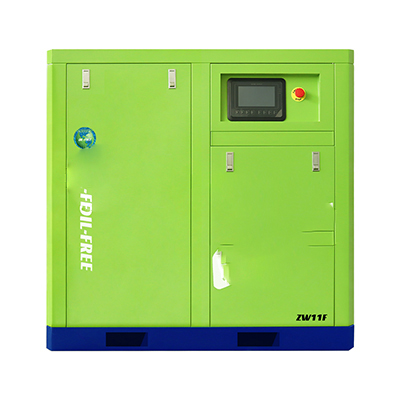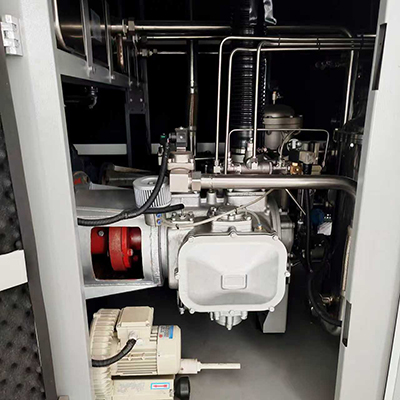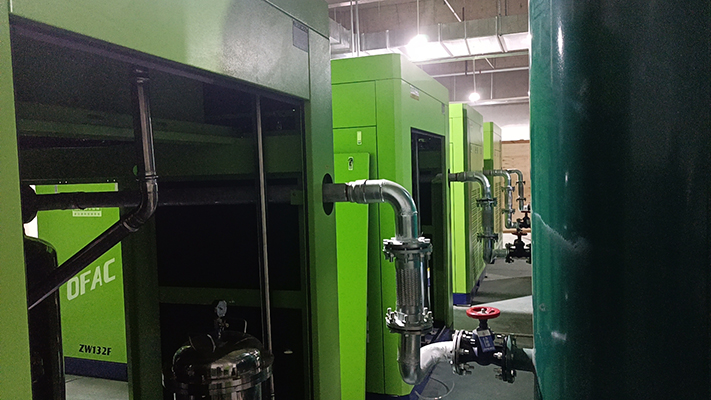normal pressure air compressor weight and size considerations for easy transportation
News 2025-10-24
Normal pressure air compressors are vital components in industrial operations, delivering compressed air for tasks like powering tools, controlling processes, and supporting automation in sectors such as manufacturing, automotive, and construction. When it comes to transportation, the weight and size of these units significantly impact logistics, costs, and safety. Heavier compressors may require specialized equipment for handling, leading to increased expenses and potential delays, while oversized models can complicate loading and unloading. In industries that demand mobility, such as field services or temporary installations, prioritizing lightweight and compact designs ensures seamless relocation, enhancing overall efficiency and reducing downtime during setup and teardown.

Application Scenarios in Diverse Industries
In construction and mining, where equipment often moves between sites, compressors with optimized weight and size enable easy transport via standard vehicles, minimizing the need for heavy lifting gear and speeding up project timelines. For instance, in remote oil and gas operations, compact units fit into tight spaces on rigs or trucks, allowing quick deployment without extensive support infrastructure. Similarly, in manufacturing environments with frequent layout changes, such portable compressors facilitate agile production, ensuring that air supply remains consistent even as facilities adapt to new demands or expansions.
Performance Advantages for Operational Efficiency
Streamlined weight and size in normal pressure air compressors not only simplify transportation but also boost on-site performance by reducing energy consumption during handling and operation. Lighter models decrease the load on transport vehicles, lowering fuel use and emissions, while compact designs improve accessibility in confined workspaces, enhancing worker safety and productivity. In high-stakes industrial processes, these attributes allow for faster integration into systems, minimizing interruptions and maximizing uptime, which is crucial for maintaining competitive edges in cost-sensitive applications like assembly lines or emergency repairs.
Factors Influencing Design and Selection
Key elements in compressor design include material choices that balance strength with reduced mass, such as advanced alloys or composite housings, and ergonomic features that aid in manual handling. When selecting a unit, users should evaluate the trade-offs between portability and capacity, ensuring that the chosen model meets specific operational needs without excess bulk. Industry standards and regulations also play a role, guiding manufacturers to produce units that are not only transport-friendly but durable enough for rigorous use, ultimately supporting long-term reliability in dynamic industrial settings.


